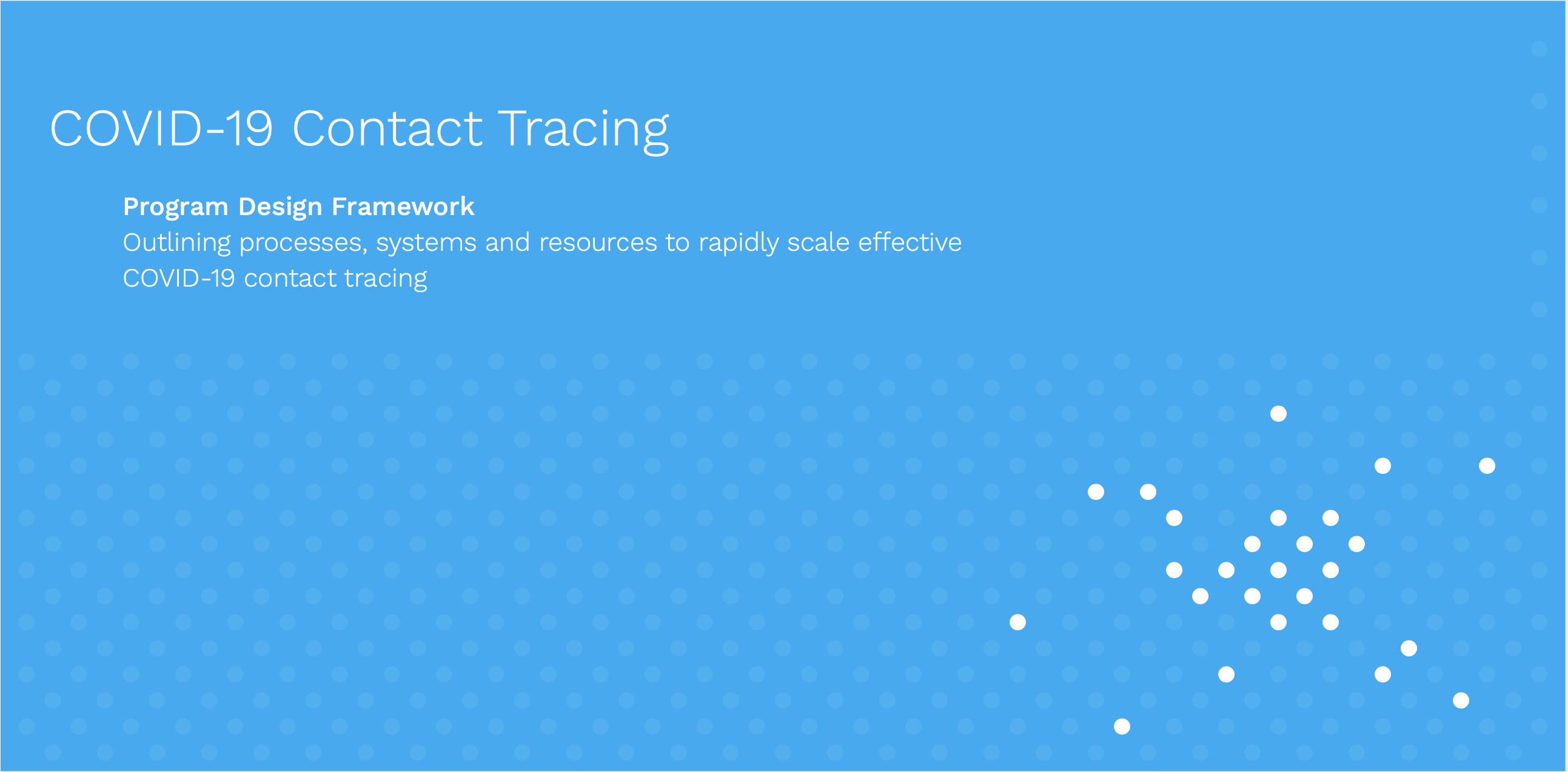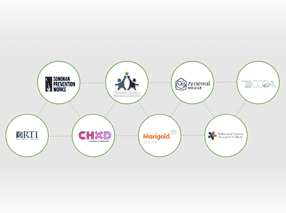Information on disease outbreaks is so vital to Communicable Disease Control Department (known as CDC Cambodia) at the Cambodian Ministry of Health (MoH). Lack of those key information would put its Surveillance Bureau at a disadvantage position to take immediate action to respond to an outbreak.
Inside the Surveillance Bureau, the team start their very early morning flipping through a dozen of local print newspapers as well as going through the electronic copies they subscribe to. The team routinely look for reported incidents of any infectious diseases. With print newspapers, the interval time to monitor is limited to each morning only.
From domestic food poisoning and bird flu cases to disease outbreaks in the neighboring countries, these event-based information or news reports have no structure, but are very critical to track and investigate, according to Mr. Sok Samnang, Deputy Director of CDC Cambodia.
What’s the future of screening media articles for disease cases for further analysis and investigation? As media outlets go online, gathering information have to go digital, too. With the overwhelmed information on the web, the news screening of any disease outbreak in the news content is beyond the team’s capacity.
How might we design a tool to help the surveillance team to screen and track those disease cases beyond the traditional mean? A timely and a faster way to get very specific information the team want can save time and resources in the surveillance effort. It also helps the team to take action early.
While the mentioned practice of news screening has helped the team to collect much needed information, there is also a gap in tracking as many media sources in print and online as they could and with real-time alerts. As part of our work to support the Cambodian CDC to strengthen its digital disease detection and participatory surveillance, we built FeedAlert, a tool that helps the surveillance team to online sources (through RSS feed) for key terms such as “H5N1” or “bird flu”, and “blue-ear pig disease”.
FeedAlert helps CDC Cambodia overcoming news and information overload by addressing two key challenges, monitor media sources for new updates based on keywords as well as notifying the team in either real-time or specified schedule.
CDC Cambodia’s units, Surveillance Bureau, Prevention and Control, Quarantine, uses FeedAlert to:
- Screen local, regional, and global health and news sites for disease cases.
- Get notified for new updates on disease cases and new outbreaks and exchange the information with the team members, so that they can coordinate actions to respond. To be prepared
In August this year, the government could contain an outbreak of blue-ear pig disease in northern of the country by curbing the infection through using antibacterial spray, banning pig transportation from the area and separating healthy pigs from the sick ones. More than 1,000 pigs have died and thousands of others have fallen ill in just less than two weeks, as reported in local media Cambodia Daily.





